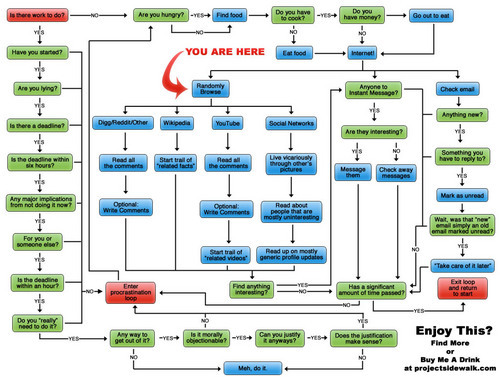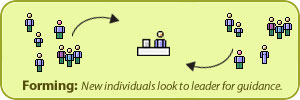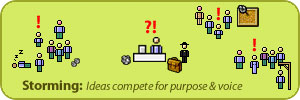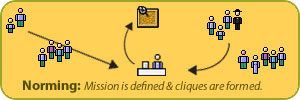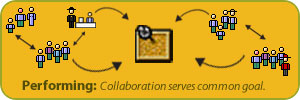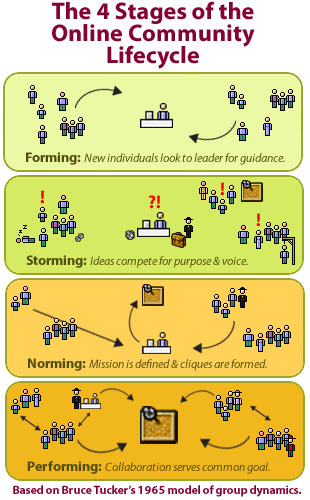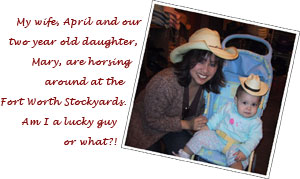A smart “Ask us” experience opens new digital territory for marketers adapting to the same AI that is threatening their content.
Brands, publishers, and media companies are facing an emerging threat: the unauthorized use of content.
Giant tech companies like OpenAI, Microsoft, Amazon, and Google are scraping proprietary messaging from commercial websites and mobile experiences. They are aggregating the unstructured web of words, images, PDFs, audio, and video from web pages, reviews, product lists and detail pages, technical specs, newsletters, learning centers, author bios, and user profiles, and representing it for use by their customers via their large language model applications (LLMs), search results pages, service chat bots, and AI agents.
The practice effectively rebrands your company’s messaging under a new authority established, owned, and managed by the content aggregators.
For publishers that have invested billions of dollars and decades of work into content marketing and audience engagement, the sudden lack of controlled distribution feels like an earthquake. The business impact is comparable to the shift from traditional media to digital in Web 1.0, and from static to dynamic brand engagement in Web 2.0.
The argument against big tech training its AI on commercial content is hazy because most of the source data is public and posted freely. It is actively promoted with the intent of broad consumer consumption.
There is also a precedent for content aggregation and curation without any need for prior authorization. We see this business model everywhere from the Yellow Pages to Yahoo’s web directories to Google’s AMP project, Facebook’s Instant Articles, and Apple News. AI agents like ChatGPT, Claude, and Gemini are arguably on the same spectrum of content collection and dissemination.
However, the speed of this transition and the ensuing market confusion about content validity is putting unplanned pressure on marketers and corporate counsel to reestablish their brand’s relevancy when their work is not being attributed. They suffer financial harm when traffic to their sites falls off a cliff because they lose the opportunity to convert visitors into customers. A cottage industry of law firms are stepping in to defend IP and copyright infringements amid AI solutions that are training upon commercial content without the publisher’s permission.
Where legal constructs often struggle to keep pace with technical innovation, the US Copyright Office is stepping into the fray. Recognizing the speed, precision, and proliferation of AI agents that are training and re-distributing publications without authorization, they are recommending a prompt federal response as a matter of corporate protection and individual privacy.
As conflicts often do, threats to common assumptions expose what we may be taking for granted. An an emerging technology, AI agents are forcing us to confront the distinction between authorship and ownership, and to define the proper degree of attribution.
Despite these legitimate concerns, the underlying market demand for a better digital experience is strong.
Modern consumers, especially younger generations, embrace AI experiences as a superior means of learning and working. Indeed, the threat of AI to the workforce isn’t job replacement as much as it is recognizing that those who leverage AI to their jobs better and faster will outperform their peers.
The “old ways” of searching the web are cumbersome.
Engaging with well-built AI demonstrates the small mindedness of legacy search has been. We needn’t deal with oddball search prompts and having to scan lists of widely variable static results. It’s no longer necessary to click through consent forms and close annoying overlay ads on a destination site just to preview content. We needn’t sacrifice our anonymity and privacy for the knowledge we seek, or at least AI offers the opportunity to reset a clean slate.
On the flip side, companies spend billions of dollars annually on branding and content marketing in owned, earned, and paid media. They’re constantly repositioning to optimize search results to satisfy the elusive algorithms among the platforms that created this mess.
The drumbeat of performance marketing used to sound like this… Build your brand. Generate lots of content. Generate quality content. Amplify in social. Be authentic. Be responsive. Engage. Think like a publisher. Capture, convert, and grow your audience to optimize revenue. Wash. Rinse. Repeat.
Seemingly out of nowhere, the same brand managers that have been dutifully producing and publishing content have been caught flat-footed. The proliferation of AI agents are pushing content into places that authors didn’t attend and without attribution.
Consider the modern Google search results experience. This once-familiar web page now resembles a interactive application.
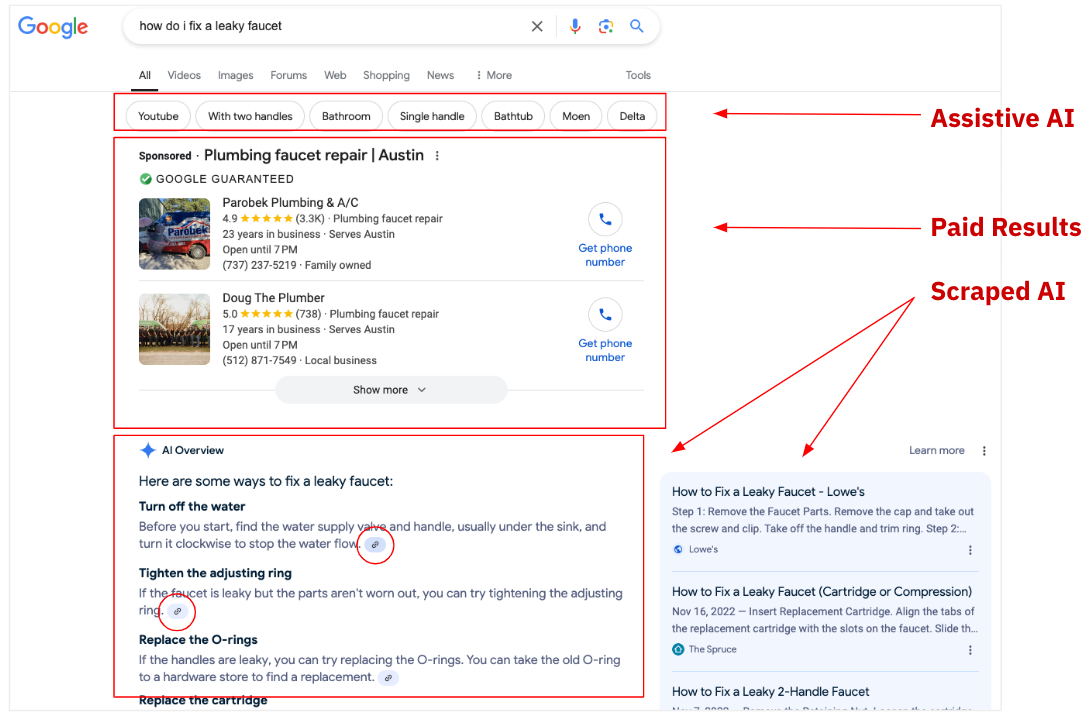
In Figure 1, the search results are a fraction of the page’s real estate. The source links (circled in red) no longer surface the source name. Instead, the tiny images burden the user to identify these visual markers and then manually engage with them via mouseover and click-throughs to see the source content.
Moving below the fold, Page 1 results are structured to retain traffic within the Google ecosystem. Visitors see video links to YouTube (owned by Google), a new “People also ask” section with more search prompts displayed in two separate blocks, discussions and forums that are heavily weighted toward Reddit, and sponsored results.
Following last year’s updates to the Google algorithm, all of the commercial investment in content and performance is pushed deeper into Google’s search results. In turn, companies must allocate budget paid ads and video content to maintain their visible relevance on the search results landing page.
What is an “Ask Stack” and how can it help marketers reach their audiences?
An Ask Stack is a collection of AI agents assembled in place of a traditional web page like onsite search results. It is designed to engage site visitors in a more immersive interactive experience, and can be utilized to assist visitors with needs beyond the brand’s reach.
Here is an example of Ask Stack.
Imagine you visit your favorite automotive brand. As a recent new owner of a Polestar, I’ll use their site as a visual example.

Instead of the annoying chat bot that pops up on the bottom-right screen (which Polestar mercifully suppresses), imagine a subtle visual cue in the site’s search icon up in the global navigation that triggers a mega-menu.
Within the mega-menu is an embedded application and a search field cycling through a series of creative prompts that invite engagement.
For example:
- Show me Polestar dealers nearby
- Show me a model comparison between Polestar and similar electric vehicles
- Help me price a vehicle within a budget of $40,000 including taxes, title, and licensing in Texas.
- How does Polestar rate among Uber and Door Dash delivery drivers?
- How do I make the switch to a fully electric car?
- Where can I find the best auto insurance rates?
- Map a route from my home in Austin to the Crescent hotel in Dallas with super fast charging stations, a pitstop at Buc-cee’s and that bakery in Waco that sells cherry ice box cookies. Include weather and traffic reports, and tell me what time I need to leave in order to arrive by 4:00 pm.
- Show me a complete and healthy meal plan each evening this week and box lunches for the kids. Attach a shopping list ordered by the main grocery sections. (I like to charge my Polestar at my local HEB, so the two brands are interlinked in my mind.)
You get the idea… The level of user engagement is endless.
The genius of this approach is that it doesn’t presume. Visitors are free to approach your brand on their terms. Even prompts that grate against traditional notions of sales and marketing (e.g. competitive comparisons or asking for an unfavorable safety rating) are still being conducted within the authority of the brand as a convenient courtesy to the consumer.
Where branding is fundamentally an act of trust-building, companies that truly value transparency and actively engage their consumer base are best suited to adopt an Ask Stack strategy.
How should marketers develop and pitch an Ask Stack to their leadership?
Recognize that your content is valuable!
You’ve invested heavily in your content to attract audiences and set your company apart from the field. Your content is an important business asset and it’s ripe for leverage among AI agents. That leverage needs to be on your terms.
Quantify the value of your content marketing program. (If you need help doing this, ask your favorite AI to assist!) Here are the typical budget categories and percentage of spend that I see among my agency clients:
- Content Creation (30-50%): This includes writing, designing, video production, and other creative services required to produce blogs, social media posts, whitepapers, videos, infographics, etc.
- Distribution and Promotion (20-30%): This includes channels like paid ads in social media and search engines, syndication, and paid partnerships.
- Technology and Tools (10-20%): This includes CMS licensing and managed services, organic, technical SEO, analytics, email marketing, and tools used for creation and performance marketing.
- Personnel and Agency Fees (15-25%): This includes variable fees for agencies and freelancers independent of fixed operational costs (internal producers) and capital expenditures (CMS design, build, integration, program development).
- Research & Planning (5-10%): This includes costs to inform content strategies e.g. audience engagement, keyword research, competitive analysis, and consultation.
These categories and percentages vary based on your business goals, content maturity, and target audience. They reveal investment concentration for spend alignment and optimization.
Tighten up your understanding of assistive vs agentive vs agentic AI language.
Christopher Noessel published an outstanding primer with visuals to help you understand the evolving relationship between humans and machines that merits important distinctions. Properly articulating the need will help you make a business case and communicate with your designers and engineers.
Google’s AI Principles are a set of philosophical core values about how the company intends to use AI. You can weave these into a forward-looking pitch, although they’re as nebulous as the company’s original “Do no evil” mantra. They lack commercial application and don’t speak to fair use of published content.
Monetize your content.
Dappier (short for data happier) helps companies monetize their content with permissions-based training of AI agents and LLMs.
I recently met with Dappier CEO Dan Goikhman [LinkedIn] for coffee to discuss his approach to the large-scale problem facing brand managers and publishers. His company helps brands monetize their content directly (via their marketplace) and indirectly (via a collection of AI agents / Ask Stack).
The direct path to monetization is straightforward. Dappier maintains an AI marketplace of firms willing to pay to train their LLMs and AI agents on your commercial content.
The Dappier Marketplace resembles a familiar consumption-based payment model (similar to SEM marketplaces) with pay-per-query bidding.
This is the direction large media companies and publishers are headed as they struggle to optimize revenue in common channels like advertising, sponsorships, subscriptions, memberships, events, and affiliate programs. You can follow all of OpenAI’s partner deals. My former employer Automattic (parent company of Tumblr and WordPress.com) is rumored to be negotiating with OpenAI and Midjourney to train on their 100s of millions of webpages.
I’d recommend evaluating direct monetization for…
- companies with large volumes of content (1000s of individual webpages)
- companies undertaking an AI Readiness assessment
- companies invested in a consumer data platform (CDPs)
- companies with a master data management plan (MDM)
- companies with a firm grasp of their digital strategy during this period of rapid transformation
The indirect path to monetization is a brilliantly-conceived Ask Stack experience.
This is how Dappier works: they take your branded content and pre-train it for use by LLMs and natural language APIs via RAG models (retrieval augmented generation). RAG models are AI frameworks that provide a much deeper engagement experience than a traditional LLM that may be out of date or lacking context like product data and the history of an existing client relationship.
Plainly speaking, Dappier combines your branded content with your customer data (e.g. emails, chat logs, and social media posts) with content from premium providers in news, weather, sports, and finance.
This aggregated data set allows your to build a highly engaging ask-your-brand experience. You can deliver a factually accurate and highly relevant experience to your audiences in real time.
Invest in Reddit content and community engagement to optimize SEO.
Reddit content is a major component of the Google search results example in Figure 1 with prominent links back to the forum. This presents a good opportunity for clever marketers to surface their content in an organic manner within Google’s Ask Stack.
Supercell, the parent company of popular gaming titles Clash Royale and Clash of Clans, publishes their news and support content to branded subreddits. They redirect users to their Reddit posts with active moderation and participation by community leaders.
Keep in mind, Redditors are notoriously skeptical of sponsored content. Gaming studio EA holds the title for the most downvoted comment in Reddit history for its cavalier response to a customer complaint (“The intent is to provide players with a sense of pride and accomplishment for unlocking different heroes.” has -668k downvotes as of this writing).
Study Reddit use cases to ensure it’s the right venue for your content strategy. Follow the basic tenets of social marketing… Know your audience. Be authentic. Tailor your voice.
Convert corporate communications to storytelling platforms that seed AI agents.
When building your Ask Stack, don’t forget to include corporate communications generated by press relations, analyst relations, and investor relations.
Where this branded content is often sanitized B2B messaging, it’s a strong source for AI training and consumer reach via conversational agents. As web- and mobile-ready composable content, these materials can be repackaged as high-impact experiences that complement your AI strategy.
Here are some in-market examples of various types of branded newsrooms in which I’m affiliated and can answer questions:
Starbucks
https://stories.starbucks.com includes a tight integration of news and product announcements with consumer-facing interests around coffee house culture, coffee sourcing, in-store music, and employee bios.
VMware
https://news.vmware.com has case studies, press releases & podcasts.
T-Mobile
https://www.t-mobile.com/news is a branded mobile newsroom.
Salesforce
The brand’s unique personality and voice are captured in two content platforms https://salesforce.com/news and https://salesforce.com/blog
Uber
https://uber.com/blog and https://uber.com/newsroom split a global network of publishers into multiple languages.
Hilton
https://stories.hilton.com aggregates distinct brands into a single storytelling news center.
Each of these examples are headless WordPress frameworks that support rich multimedia content and story layouts, press and media kits, leadership biographies, localized editions, advanced search, custom editorial permissions, support for single sign-on integration (SAML), and essential integrations like email marketing signup. All of these corporate communications can be rolled into an Ask Stack while functioning as separate browsable experiences.
Let citizen experiences in the public sector inspire your branded Ask Stack.
My work as Head of Partnerships at 10up has led me to explore emerging AI tech at AWS and GTS a unique firm designing and building citizen portals for federal, state, and local agencies.
GTS has a suite of offerings built on top of AWS tools like Amazon Connect, Bedrock, Lex, S3, and EC2. Browse GTS case studies to see how properly funded projects can be deployed.
A final word of caution about over-reliance on a branded AI.
This summer my daughter Mary (with whom I am still wrapped around her finger) transferred to Texas A&M University (which is really weird as I’m a proud Longhorn).
We had a positive experience engaging with an AI agent named Liam at Northpoint Crossing, a large student housing development backed by Ares Management Corporation.
Liam helped answer some questions about available floor plans, pricing, amenities, and scheduling a tour scheduling at Northpoint Crossing. When we called the property, Liam answered the phone with a voice of inflection that sounded so human, I asked him, “Are you a human?” Incredibly, Liam helped us locate one of the terms buried in an addendum of our rental agreement.
Unfortunately Liam is limited beyond the scope of the residential property. It cannot provide any information about the university, the Northgate neighborhood in which it’s built, or even the retail shops on the property. It’s missing a lot of helpful information to prospective renters, residents, and their parents let alone partnerships with nearby businesses seeking to reach their young adult audience.
My word of caution is to balance your Ask Stack with a real human connection. Consumer reviews of Northpoint Crossing are absolutely terrible (contrary to Mary’s lived experience there) and negatively influenced our purchase decision. Predictably, the common thread among all the complaints is not being able to reach someone that can help them when Liam couldn’t.
Don’t be that kind of brand. Make it easy for people to buy!
I can help you design and build a branded Ask Stack!
I’m happy to help you develop this digital strategy for your brand. Let’s connect!
Feature image is from Ana Municio on Unsplash





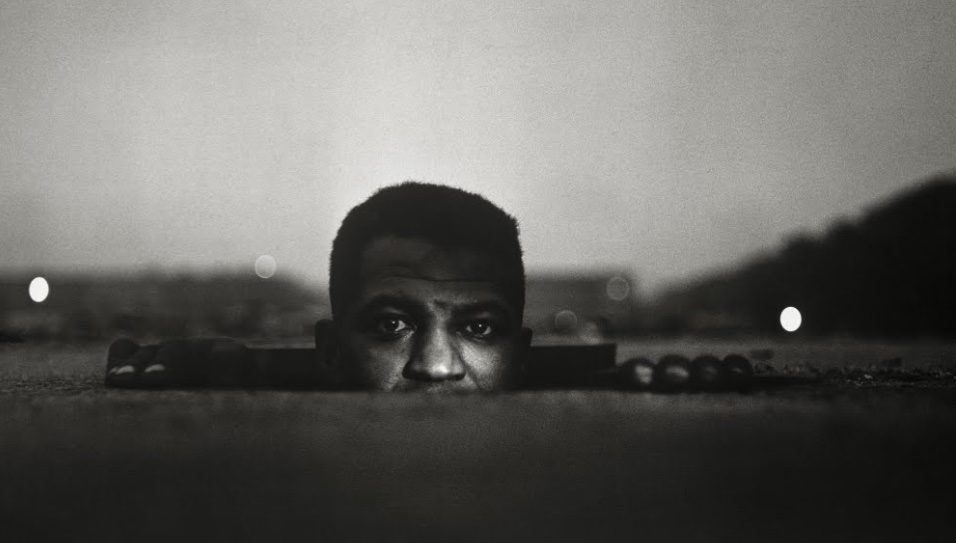





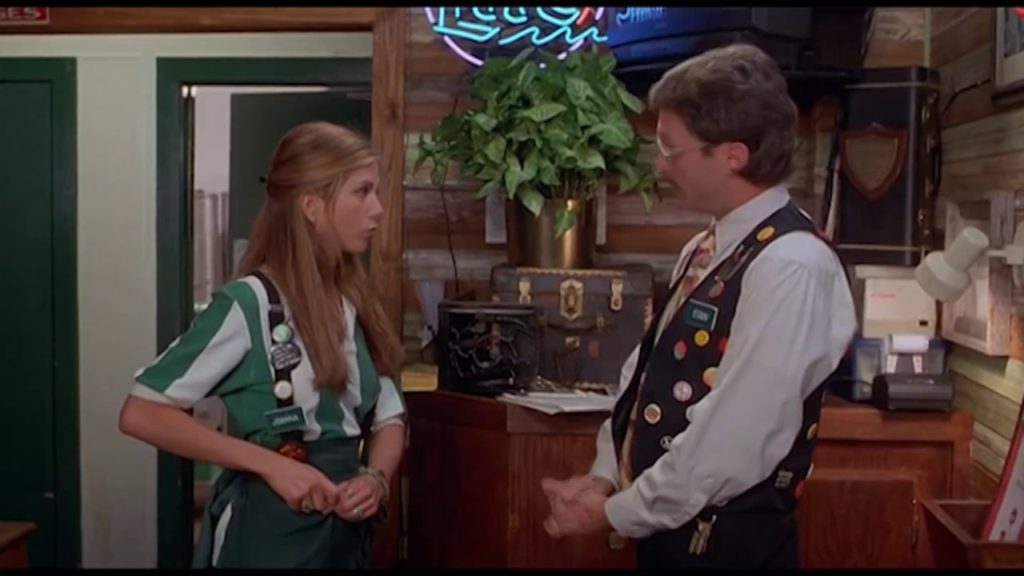


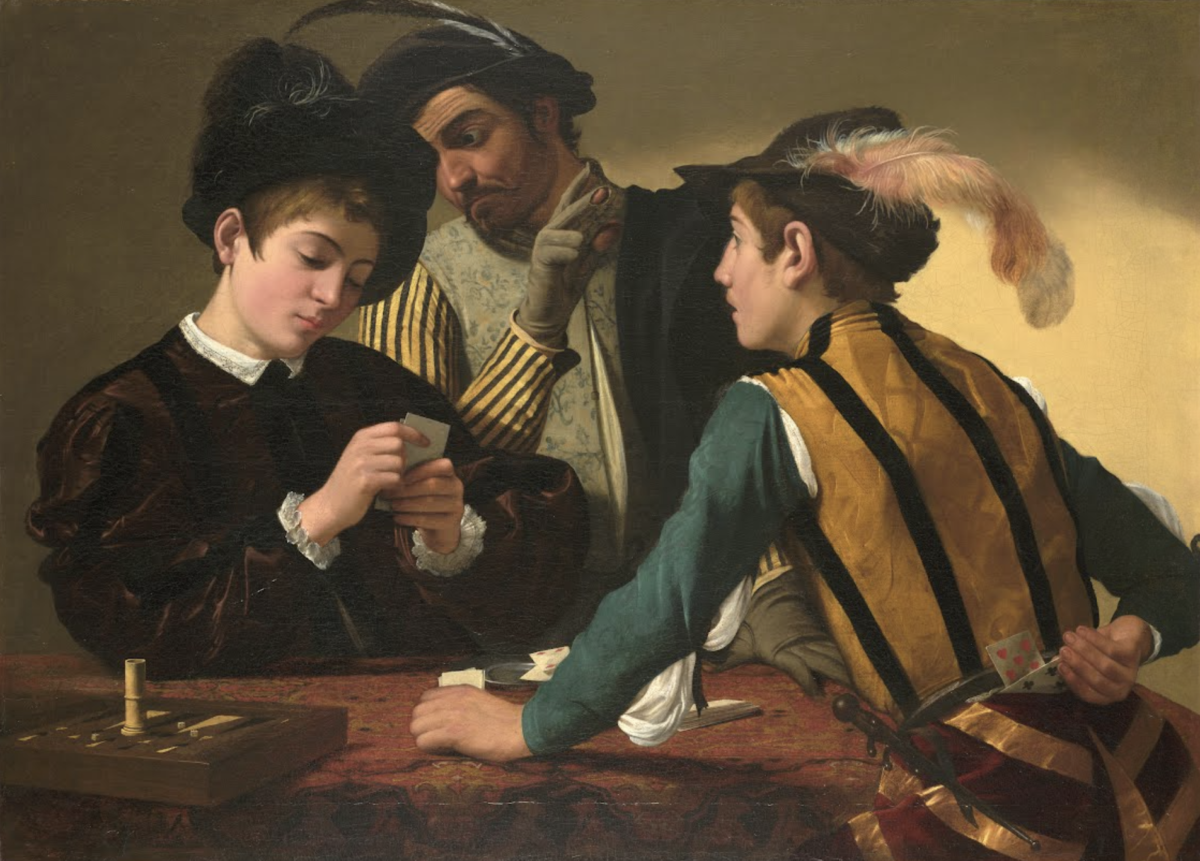
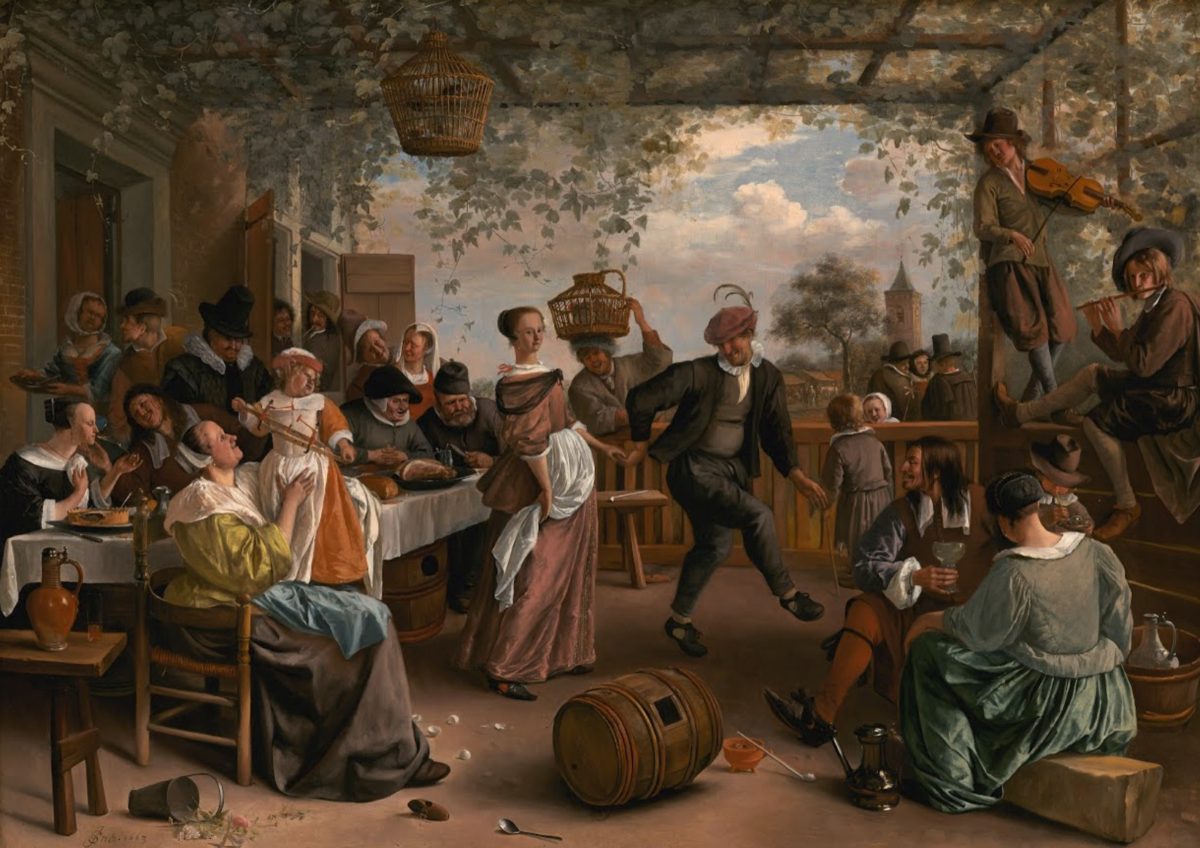






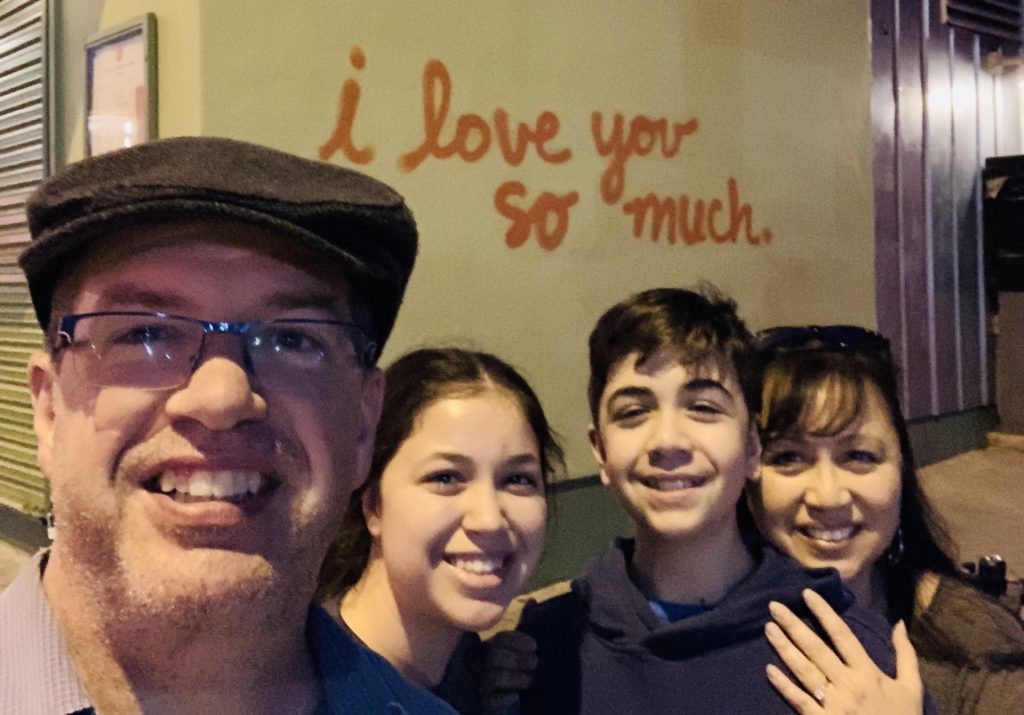




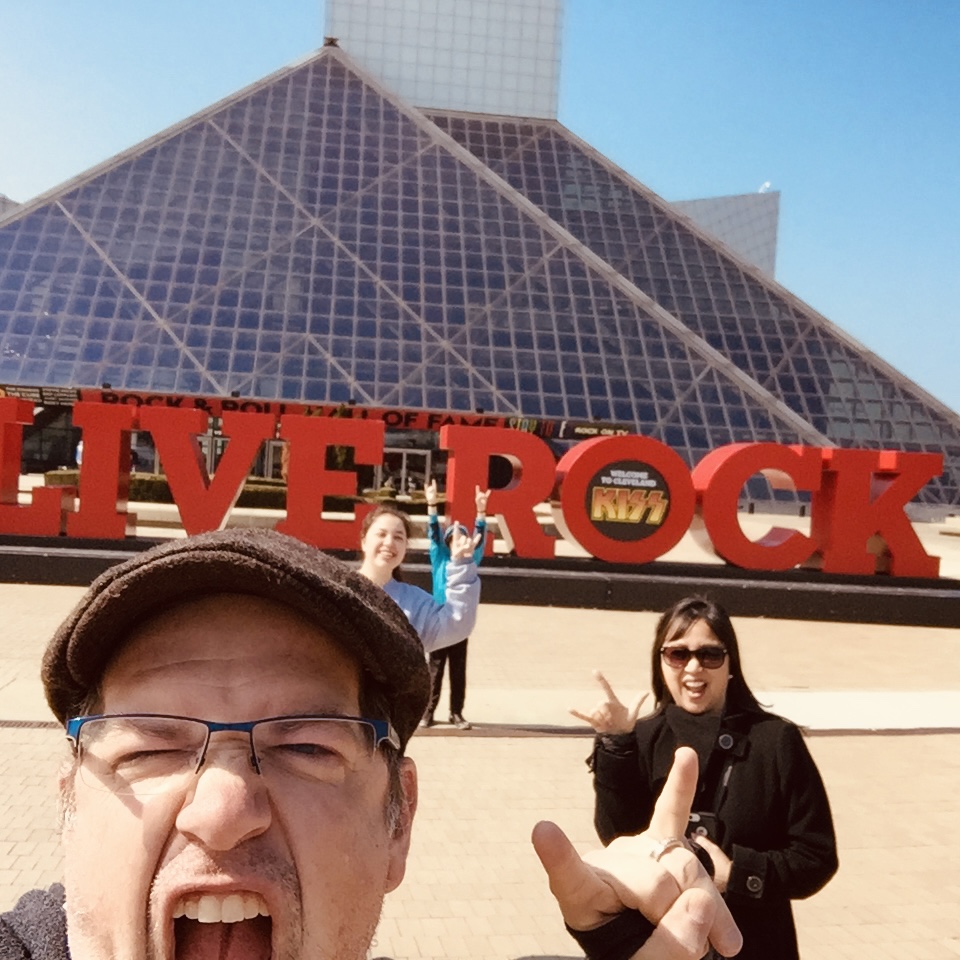
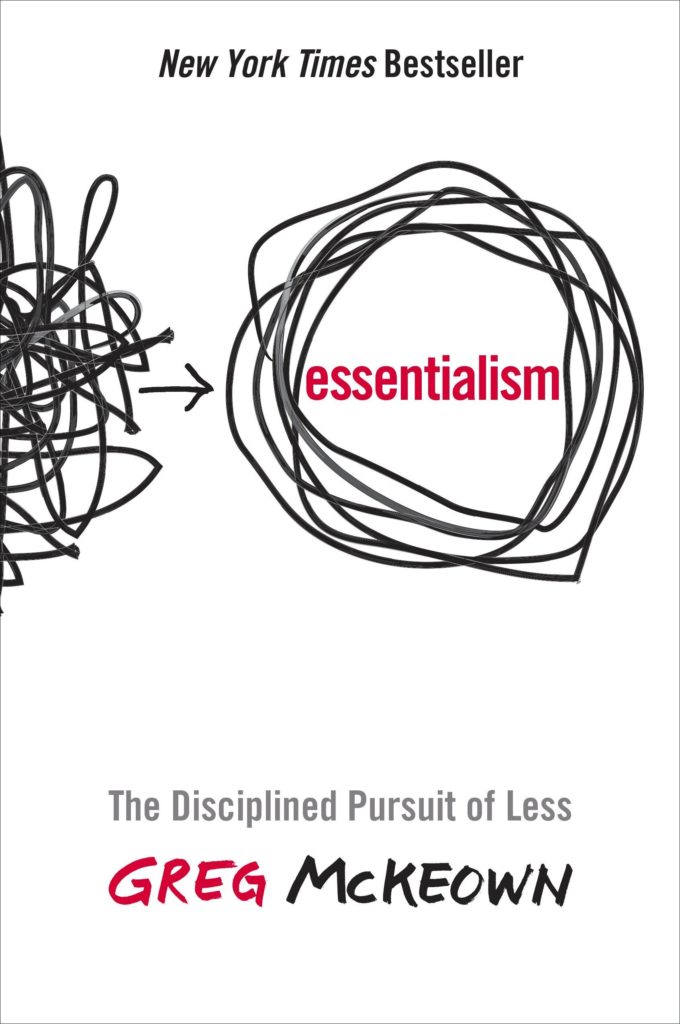

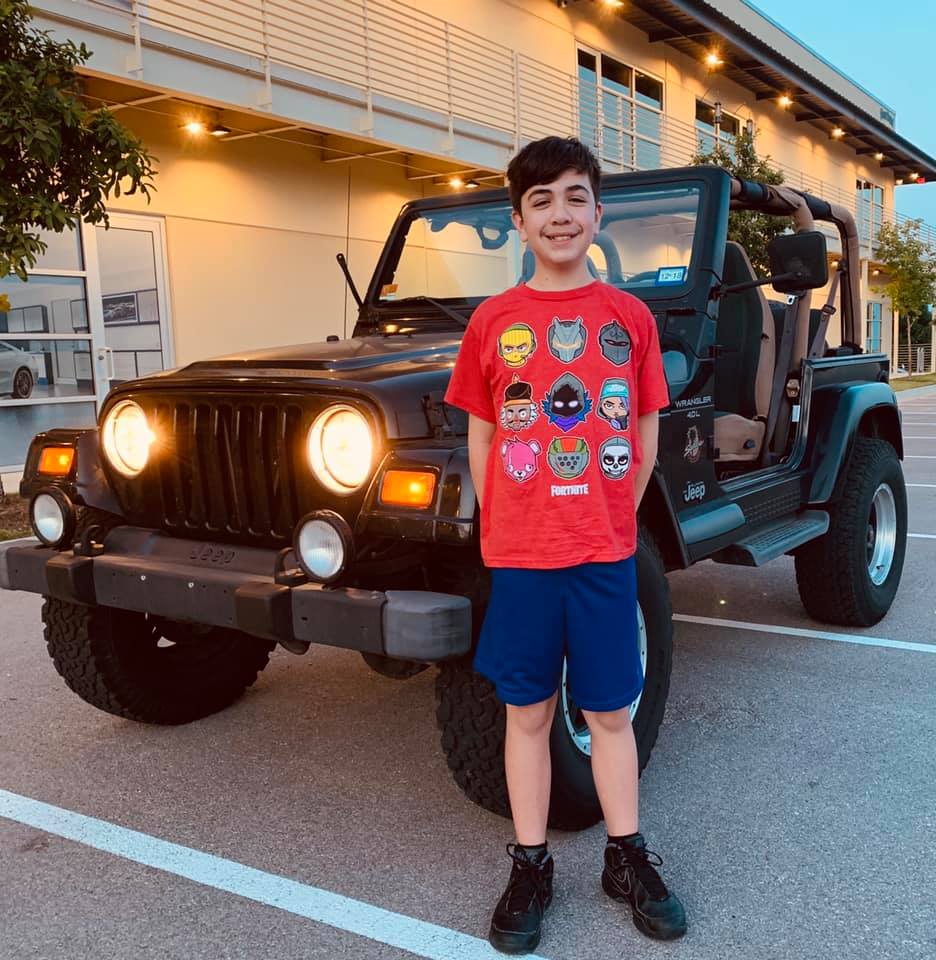




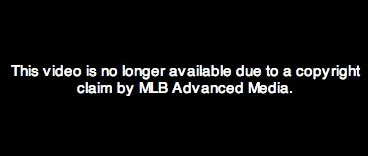







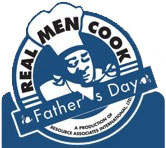




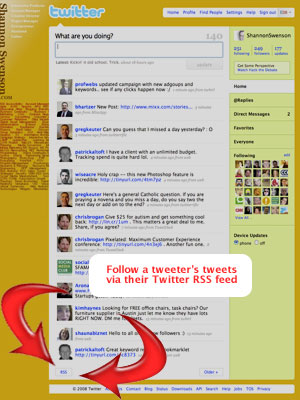 When I’m in a consumer mode, I often click on individual tweeters to read their last series of posts. I gravitate toward different people depending on what mood/topic I’m interested in at the time.
When I’m in a consumer mode, I often click on individual tweeters to read their last series of posts. I gravitate toward different people depending on what mood/topic I’m interested in at the time. 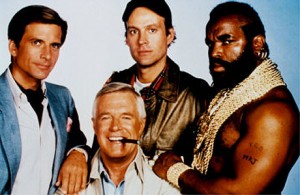 Fortunately, we responded so quickly that the brand ultimately only suffered mere annoyance. Working through cease and desist letters, we procured the rapid cooperation of the squatter’s registrar and hosting company. We reclaimed rightful domain ownership and even enjoyed brief AdSense exposure at the squatter’s expense.
Fortunately, we responded so quickly that the brand ultimately only suffered mere annoyance. Working through cease and desist letters, we procured the rapid cooperation of the squatter’s registrar and hosting company. We reclaimed rightful domain ownership and even enjoyed brief AdSense exposure at the squatter’s expense.



 HBO is experimenting with media convergence through it’s
HBO is experimenting with media convergence through it’s 